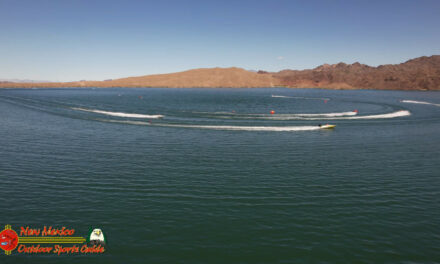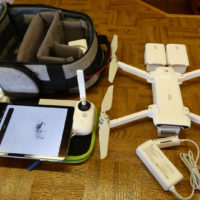In 1989 I was fishing in a Dallas bass club and we were prefishing Possum Kingdom for the state top 6 tournament. One of my teammates patterned the fish in the old shoreline of the lake in ~8 feet of water, great. Problem was he had was catching said fish on a rattle trap, probably my least favorite bait to fish. My disdain for traps was due to the fact that I lost so many fish trying to get them to the boat. The fella who found the fish grew up fishing Toledo and therefore had spent countless hours fishing a trap. That night he shared with the team several ideas for better boated fish ratios, particularly on crankbaits with small hooks.
First in his equipment, he used a very slow tipped composite rod for several reasons but basically to let the rod absorb as much of the head shaking as possible form the fish. The best illustration; remember the last time you stuck a bait in the side of a big oak tree. Generally from a distance you can shake the bait free. Now remember the last time you stuck a bait on a willow limb as big around as a pencil, you probably wound up going over and breaking the limb to get your bait back. Same principles at work, the oak allows you to jamble the bait around and get it free, the willow absorbs all your shaking and your stuck. The limp rod also kept him from getting excited when he hooked a big fish and horsing him, which I’ll talk more about in a minute. Next in his reel he used almost no drag, again to keep him from horsing the fish.
Why was he so concerned not to horse a fish? The large percent of fish you will catch on crankbaits are what I call skin hooked. Since you don’t have a 3/0 hook to drive through the roof of the fishes’ mouth or gill plate they are hooked in a softer tissue area. Therefore a stiff rod, lack of drag, horsing a fish, or resetting the hook will only enlarge the hole the hook cut on initial penetration and allow the fish more opportunity to shake the hook free. The fact is most crankbait fish actually hook themselves when they intercept the bait, resetting the hook only hurts your chance of boating that fish.
He also had a very interesting philosophy on fighting fish hooked on small trebles. Once he hooked a fish he would put only as much pressure on the fish as was absolutely necessary to keep the fish out of heavy cover. He always kept his rod tip in the water as deep as possible to try to keep the fish from jumping. He also allowed the fish to continue in the direction she was going (even up to the point of leading the fish around the boat like a dog). You’ll find that a fish normally jumps because your pulling her away from the direction she wants to go, so take the trolling motor and go to or follow her. When was the last time you were out prefishing and allowed a fish to swim off with a bait in it’s mouth without setting the hook, I’ll guarantee you that fish didn’t jump because she was getting to go where she wanted to go.
Remember most fish come off when they’re in the air, so keep them down by allowing them to run the show, only bring them to the boat when they are completely and smooth run out. Try this and I’ll bet your ratios of bites to hands on fish increases greatly. If you’d like to take a trip with me on Richland Chambers call Brown Dog Guide Service at (214) 327 6020. By the way we won the BASS state championship that week by over twenty pounds, all on traps. – Lake Havasu
– Lake Havasu












